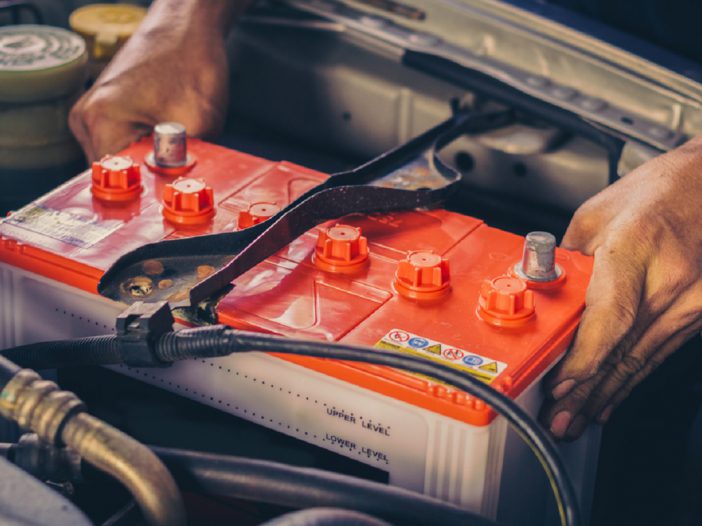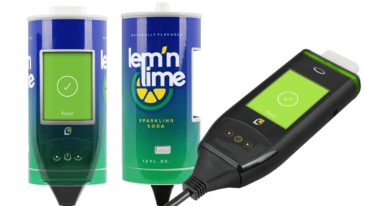
Does an Interlock Device Drain Your Battery?
If you have just recently had an interlock device installed, you may lack a thorough understanding of how the device functions. Since it is a piece of electronic hardware, you might naturally wonder whether or not your interlock device drains the battery in your car? The answer to that is yes; however, an LCI ignition interlock device only draws a small amount of passive energy.
Below, we will discuss how the interlock functions with your car battery and steps you can take to prevent battery failure.
Does an Interlock Device Drain Your Battery?
To properly answer the question, it is important to first review the mechanisms underlying the ignition interlock device’s functionality. Low Cost Interlock’s TAB LCI-720 and LCI-777 were both created to work with a range of input voltages, including:
- 12 Volt System – 9V to 15V
- 24 Volt System – 18V to 30V
Although they have On and Off buttons mounted upon the handset, those buttons are intended for service professionals only. Power is, in fact, controlled by the interlock device’s software component, which means that the LCI interlocks are always in standby mode. Therefore, there is a steady trickle of battery power the device is constantly draining from the battery. So, although they technically drain the battery, it is a miniscule amount that would take months of inaction for it to totally drain even a small car’s battery.
Temperatures Matter
Once you have put your key in the ignition and switched it to on, the device will leave standby mode and power up automatically. The temperature can affect how long a powerup will take as well as how much battery power is necessary to use the device. Average boot up times are:
- 68+°F: 10 – 30 seconds
- 23°F – 67°F: 30 – 90 seconds
- -40°F – 22°F: 90 seconds – 180 seconds
In extremely cold conditions, it is entirely possible that your car’s battery may be incapable of providing the necessary 9V necessary to turn the engine over and get the car started. This is not the fault of a drained battery, but typically is the result of motor oil thickening and the cold weather interfering with your battery’s performance, often due to a dramatic slowdown in the chemical reaction in the lead-acid battery that causes it to function.
According to Industrial Battery Products, “lead-acid battery capacity drops about 20 percent from normal in freezing weather, down to about 50 percent of normal when temperatures sink to about -22 degrees Fahrenheit.” Knowing this, if you live in a place experiencing regular extreme cold weather and have an interlock device, it is crucial that you notify the DMV and your nearest interlock provider and share your worries about a faulty car battery. A loss of power to the device can be treated as tampering, whether or not you intended it.
Avoiding Battery Issues with your Interlock Device
On a rare occasion, an interlock user may have issues with their battery draining quickly. While this could be blamed on a faulty device, a significant plurality of all cases are the result of a defect battery or alternator. As such, there are some tips you should keep in mind:
- Your car is always on – Even in storage, your vehicle uses small amounts of power, especially if you have a modern car with accessories such as GPS or Smart Services. This means that your battery will inevitably die if it is not regularly driven. Even if you do not have anywhere to go, you should take your vehicle for a 10 minutes spin 2-3 times per week in order to charge the car’s battery.
- Confirm that your battery is up to snuff – Whether or not you have an ignition interlock, it is essential to check on your battery regularly, clean any chemical build up, and replace it every few years. Most last for four years, but in a cold climate, they will go sooner than that. If you have an interlock device, it is of utmost necessity that you ensure that your battery is in tip-top shape since you will likely be considered at fault in the case of a power failure.
- Check on the alternator – If your starter is having trouble turning over or if the battery power is noticeably reduced, it may be that your alternator needs replacing. Ideally, you should have both your alternator and battery checked out by a mechanic prior to having an interlock device installed in your vehicle.
Stay Safe
LCI devices are always drawing a tiny stream of power from the car’s battery. Despite that, this passive energy drain is negligible in 99.9% of cases so long as you drive the car weekly. If you are noticing battery issues, it is vital that you notify LCI that you plan to take it to a mechanic for a battery and alternator checkup. By taking the proper precautions, you can prevent unwanted and unwarranted violations or penalties, which might result in a device extension.
Sources:
Low Cost Interlock. LCI Tab 720 User Manual. https://uuu.lowcostinterlock.com/wp-content/uploads/2018/06/TAB-720-User-Manual.pdf
Laukkonen, J. Lifewire. Why Do Car Batteries Go Dead in the Winter? (2018). https://www.lifewire.com/why-do-car-batteries-go-dead-534855
Leanse. Popular Mechanics. The Most Important Facts (And Myths) About Your Car Battery. (2017). https://www.popularmechanics.com/cars/car-technology/a26549/car-battery-how-to/

